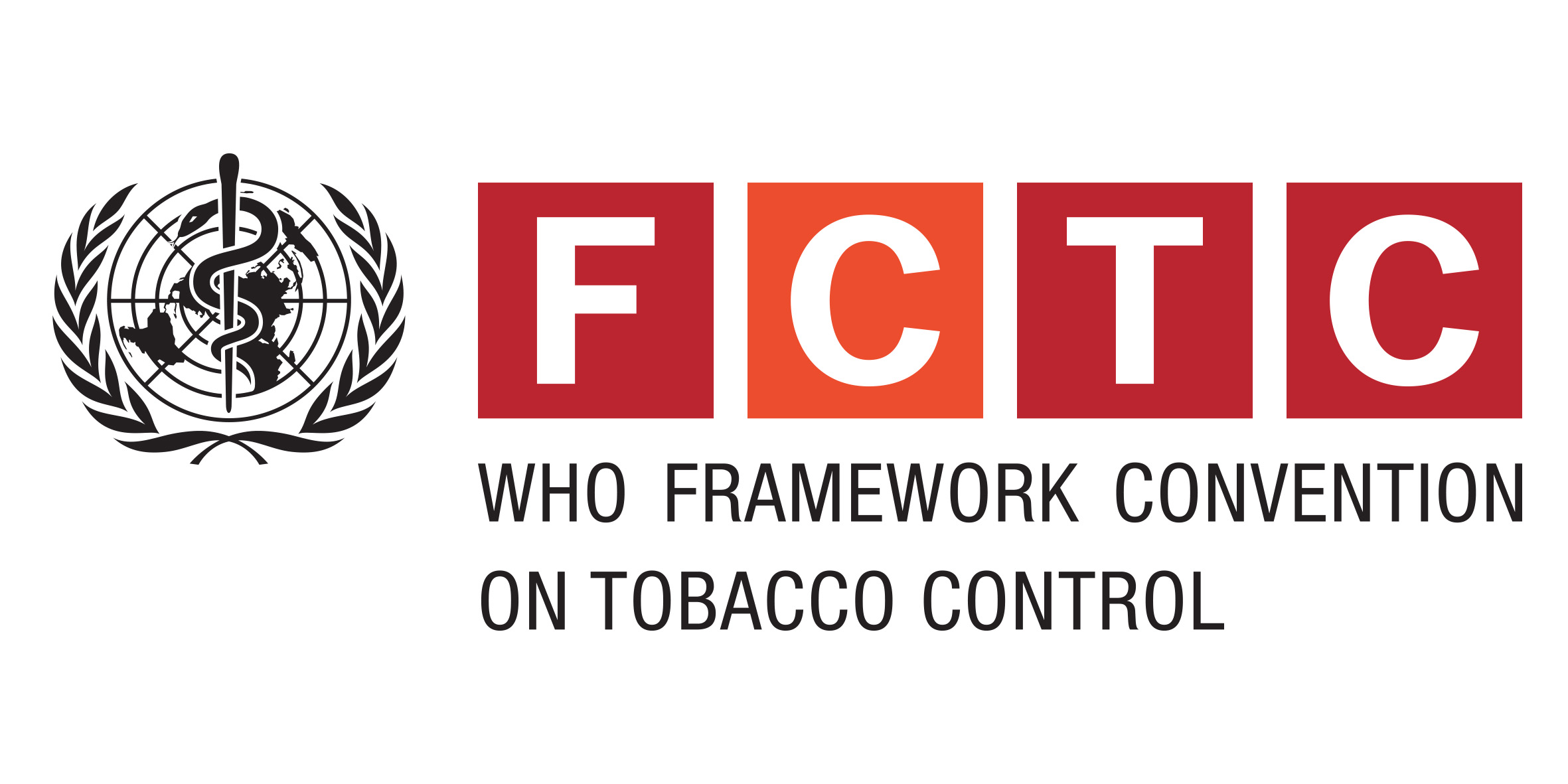Journal Article
Print(0)
Journal of chromatography.A
J.Chromatogr.A
19-Sep
1360
23
38
CI: Copyright (c) 2014; JID: 9318488; 0 (Benzhydryl Compounds); 0 (Ethers); 0 (Phenols); 0 (Polycarboxylate Cement); 0 (Polymers); 25766-59-0 (polycarbonate); MLT3645I99 (bisphenol A); OTO: NOTNLM; 2014/06/11 [received]; 2014/07/18 [revised]; 2014/07/21 [
Netherlands
1873-3778; 0021-9673
PMID: 25113873
eng
Journal Article; Research Support, Non-U.S. Gov't; IM
10.1016/j.chroma.2014.07.063 [doi]
Unknown(0)
25113873
This paper presents, on the one hand, the study of the influence of the pH of the medium on the determination of bisphenol F (BPF), bisphenol A (BPA) and their corresponding diglycidyl ethers (BFDGE and BADGE, respectively) by GC-MS after a solid-phase extraction step, using BPA-d16 as internal standard and Parallel Factor Analysis (PARAFAC) decomposition as a multi-way tool for the unequivocal identification and quantification of the four analytes. As the structure of both BFDGE and BADGE has two 2,3-epoxypropoxy groups that can undergo an acid- or base-catalyzed ring-opening via nucleophilic substitution reactions, several samples spiked with the four analytes were set to different pH values between 2 and 12. The best results were obtained in the pH region 8-10, being 9 the most suitable value. Coelution of interferents was overcome using the PARAFAC decomposition; otherwise, the presence of some analytes could not have been ensured according to the regulations currently in force. Secondly, the release of BPA from polycarbonate glasses into food simulant D1 (ethanol 50% (v/v)) over time was studied through seven migration tests and the differences found in this migration process with the incubation temperature (50 and 70 degrees C) were evaluated. A nonlinear regression was used to fit the experimental data following an exponential relation between the concentration of BPA transferred from every glass and the respective migration test. None of the quantities of BPA released exceeded the specific migration limit of 0.6mgkg(-1) laid down for this compound in the Commission Regulation (EU) No 10/2011, so the compliance of the glasses evaluated was ensured. The average recovery percentages of the four analytes at a fortification level of 800ngL(-1) ranged from 50.14 to 92.75%. The detection capability (CCbeta) of the method for BPA was 2.60mugL(-1) for n=2 replicates, with probabilities of false positive and false negative fixed at 0.05.
Elsevier B.V
Oca,M.L., Sarabia,L.A., Herrero,A., Ortiz,M.C.
Department of Chemistry, Faculty of Sciences, University of Burgos, Plaza Misael Banuelos s/n, 09001 Burgos, Spain.; Department of Mathematics and Computation, Faculty of Sciences, University of Burgos, Plaza Misael Banuelos s/n, 09001 Burgos, Spain.; Dep
20140727
http://vp9py7xf3h.search.serialssolutions.com/?charset=utf-8&pmid=25113873
2014

